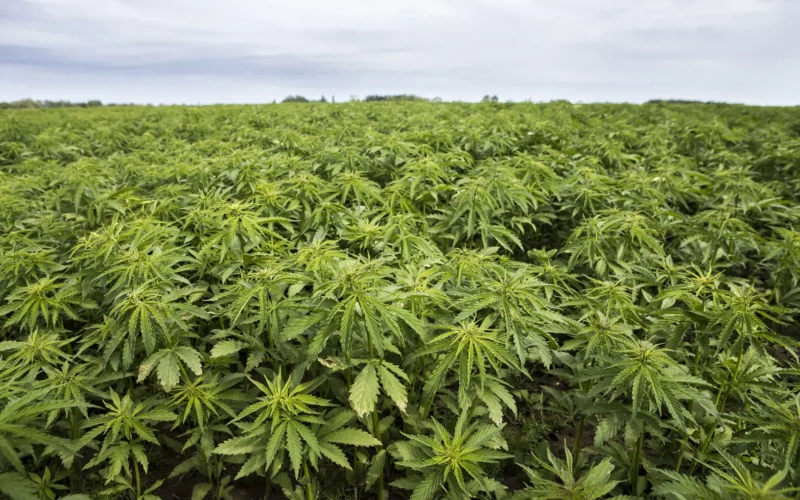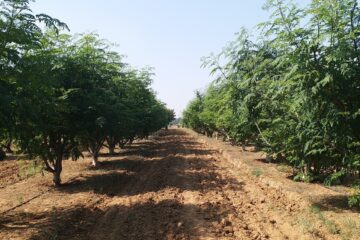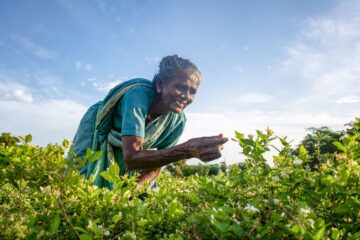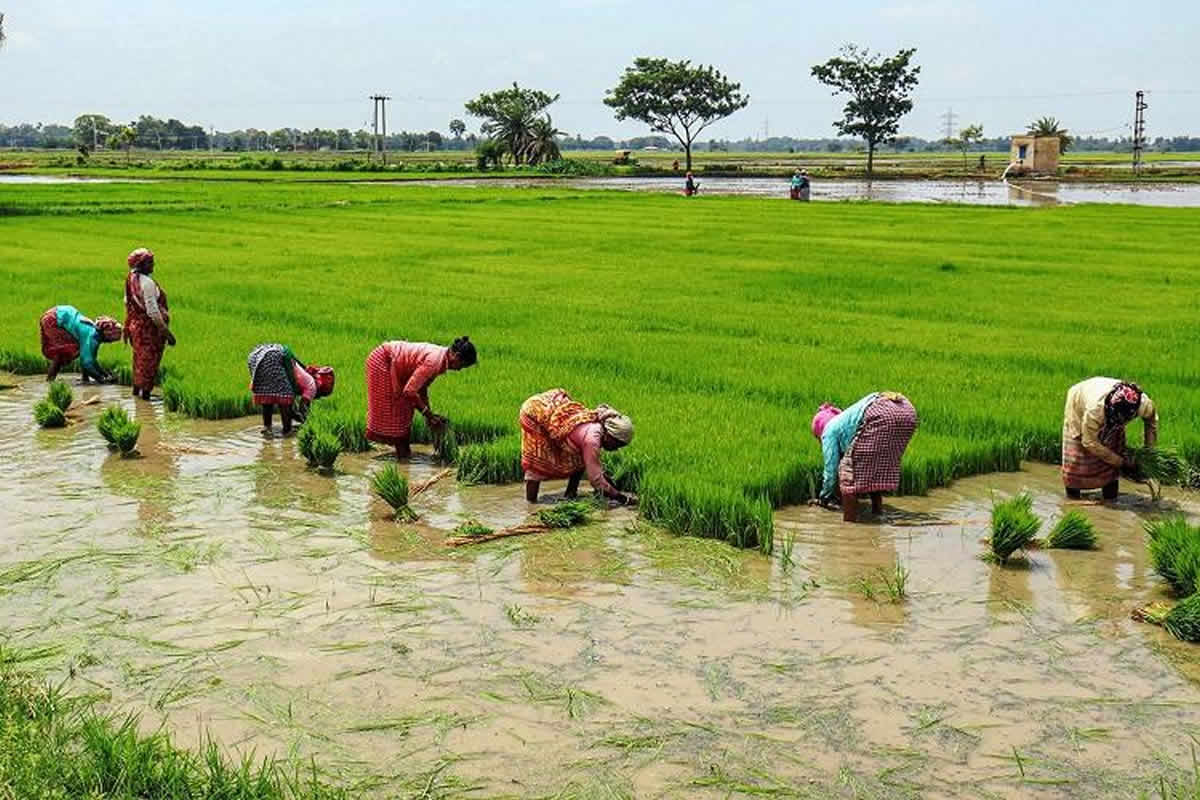Sunn hemp can be cultivated as a green manure crop, for seed production, or as a fiber crop. The botanical name for sunn hemp is Crotalaria juncea.
The Crotalaria species derives from the word meaning “rattle,” referring to the sound made by mature pods due to the seeds. This species grows widely in tropical and temperate regions, with India being the primary origin of sunn hemp.
Temperature Requirements
For sunn hemp cultivation, moderate temperatures are ideal, staying above 10°C. Ample sunlight is essential, and there should be no rainfall during the seed-setting phase.
Soil Preparation
The soil should be tilled 2-3 times using a plow, followed by using a rotavator to break it down into fine particles. To enhance germination, soil moisture should be maintained at 25-30% during sowing.
Varieties
Popular varieties of sunn hemp include ADT 1, K 12 Black, K 12 Yellow, SH 4 (silage), SUNO 53/ SUIN 037, and JRJ 610.
Sowing
Sunn hemp can be sown in any season, though March-April is ideal for seed production. Approximately 20-25 kg of seeds per hectare is required. Rhizobium inoculation (5 packets per hectare) should be used before sowing.
Spacing
Sunn hemp plants have multiple branches, so spacing of 45 cm between rows and 20 cm between plants will optimize seed production.
Irrigation Management
Sunn hemp typically does not require much irrigation. However, sufficient moisture at sowing time is essential. Watering is only necessary during pod development and maturity.
Fertilizer Management
Since sunn hemp is leguminous, it doesn’t require large amounts of fertilizer. However, for increased seed yield, 20 kg of nitrogen, 40 kg of phosphorus, and 40 kg of potash per hectare should be applied.
Pest and Disease Management
Various pests and diseases can affect sunn hemp. The pod borer can reduce yields by up to 20%. To control it, spray a solution of 2 ml of profenofos per liter of water. Seed mold caused by seed weevils can affect seed quality, causing discoloration and decay. For this, a 0.2% carbendazim spray is recommended. Additionally, mosaic, leaf curl, and leaf roll viruses may affect sunn hemp; infected plants should be removed and destroyed.
Harvesting
Sunn hemp matures within 90-110 days. Pods can be harvested using a tractor or manually, and seeds are dried and stored at 10% moisture content.
Seed Yield
The seed yield of sunn hemp varies based on location, temperature, and crop management. In Tamil Nadu, yields range from 800-1,000 kg per hectare.
Other Uses of Sunn Hemp
Economically, sunn hemp is grown for fiber production in countries like India, Brazil, and West Pakistan. The fiber is used to make various products such as rugs, ropes, bags, canvas, fishing nets, and paper. Sunn hemp is also cultivated as fodder, green manure, and cover crop.
Fodder Crop
Sunn hemp can be harvested at 45 days for livestock feed. After the first harvest, it can be harvested again every 30 days for up to four harvests. By 80 days, sunn hemp stalks can be used as fodder.
Cover Crop
Cover crops with high biomass are generally used, and sunn hemp can serve as a winter cover crop. It enriches soil quality, protects against soil erosion, and aids in nutrient cycling.
Green Manure
Green manure crops like sunn hemp improve soil fertility and preserve soil structure by recycling nutrients through crop rotation. They prevent pest and disease attacks on crops, enhance soil richness, and stimulate plant growth by providing key nutrients.
In dried sunn hemp, green manure contains 2.3% nitrogen, 0.5% phosphorus, and 1.8% potash. Plowing sunn hemp into the soil 45-50 days after sowing can yield 25-30 tons of organic manure per hectare, increasing organic matter by 15.5% and providing 130 kg of nitrogen to the soil.
Fiber Crop
When grown for fiber, sunn hemp significantly boosts natural fiber production. By harvesting at 80-90 days, high-quality fibers can be obtained, yielding 800-1,000 kg per hectare. A kilogram of sunn hemp fiber sells for approximately ₹60, generating revenue between ₹48,000 and ₹60,000 per hectare, with a low production cost of around ₹10,000 per hectare.
Dr. T. Parthiban, Dr. M.P. Manonmani, Dr. A. Ramanathan, Agricultural Research Station, Kattuthottam, Thanjavur.










